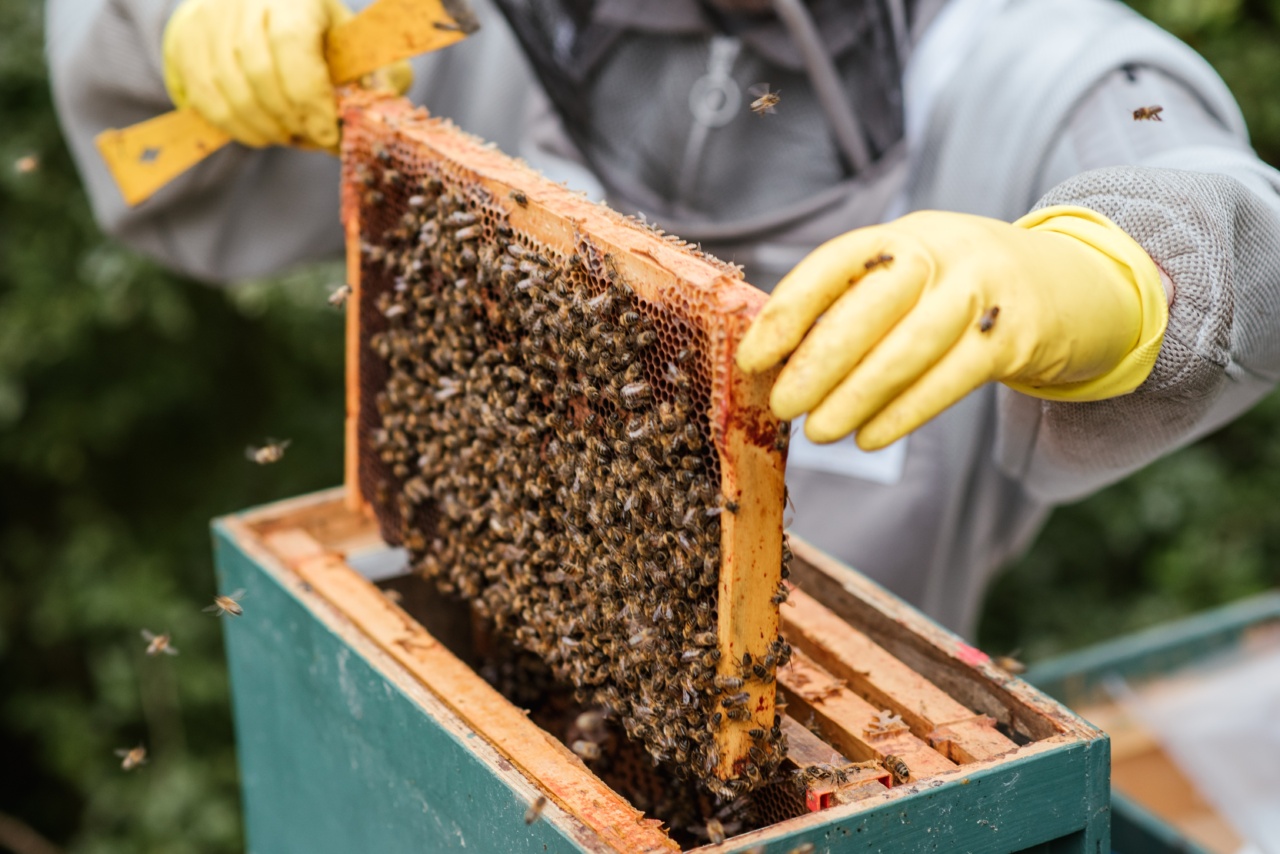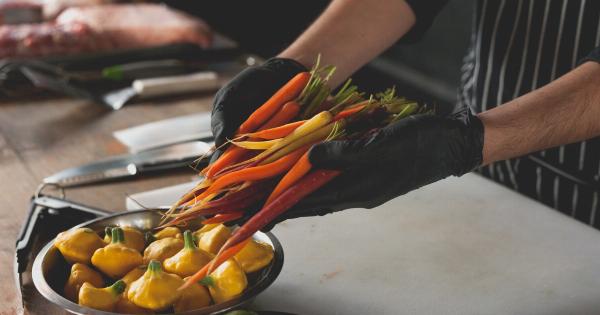Defrosting frozen food properly is an important step in food safety. Improper defrosting can lead to harmful bacteria, pathogens, and other dangerous microorganisms thriving and multiplying in your food items, which can cause foodborne illnesses.
: Why Defrosting Properly Matters
Defrosting helps to cook the food evenly and thoroughly. When you cook frozen food, the outer layer of the food gets cooked before the center, leaving the center raw or under-cooked.
This could lead to the growth of bacteria and other pathogens that can cause illnesses such as E.coli, Salmonella, and Listeria.
Defrosting properly also ensures that the food retains its texture, flavor, and juiciness. Improper defrosting can make the food soggy, watery, or mushy, affecting its taste and quality, and possibly exposed to harmful bacteria.
: The Following are the Best Ways to Defrost Your Food
: 1. Use the Refrigerator
This is the safest method as it helps to regulate the temperature of the food while allowing it to defrost slowly. Place the frozen food in a dish or container and put it in the refrigerator. You should allow one day for every 4-5 lbs of food.
This method takes longer but ensures that the food does not spoil or become a breeding ground for bacteria. Once the food has defrosted completely, cook it immediately. This method is best for larger or thicker food items that require slow and even thawing.
: 2. Use Cold Water
For this method, you should put the frozen food item in a leak-proof plastic bag and place it in a large bowl of cold water. Change the water every 30 minutes to ensure that it remains cold. The food item should defrost within 1-2 hours.
Please note that using warm water to defrost your food is not recommended as this can result in uneven and rapid defrosting, which can lead to food spoilage and pathogen growth.
: 3. Use the Microwave
Most microwaves have a defrost button or setting. Follow the instructions in the microwave manual, and defrost only the amount of food that you intend to cook immediately.
Avoid defrosting in the microwave for too long as it can result in uneven defrosting, which can lead to the growth of bacteria, hot spots, and overcooking of the food item. Be sure to use a microwave-safe container, and remove any metal or aluminum wrapping before defrosting.
: 4. Cook it Frozen
Skip the defrosting process altogether and cook your frozen food item directly. However, it is crucial to follow the cooking instructions on the food label or recipe since this method can increase the cooking time and temperature to cook it thoroughly.
This method is best used for thin, small frozen food items such as frozen pizza, patties, or fish fillets.
: Common Mistakes When Defrosting Food
: 1. Leaving Frozen Food on Countertop
Leaving your frozen food item on the countertop to defrost is not recommended as it can lead to uneven defrosting and harmful bacteria growth.
The outer layer of the food item may defrost faster than the center, which can leave the center raw and susceptible to harmful pathogens. This can also expose the food item to pests such as flies and ants, which could carry harmful bacteria and other diseases. Keep your frozen food stored safely in the refrigerator or freezer until you are ready to thaw it for cooking.
: 2. Defrosting Your Food Partially
Defrosting your food partially and then refreezing it is not recommended as this can lead to bacteria and pathogens growth as well as spoilage.
If your food item is not fully defrosted, it could lead to overcooking or hot spots, causing uneven cooking and increasing the risk of foodborne illnesses.
: 3. Defrosting in Warm Water
Never defrost your food in warm water since it can facilitate the bacteria and pathogen growth at a faster rate, which could lead to food poisoning.
Furthermore, it can result in uneven defrosting, which leaves the food item partially cooked, altering the texture and taste of the food item.
: 4. Using a microwave to Defrost for too Long
Using a microwave to defrost food can result in hot spots if used for too long, which can lead to uneven cooking and spoilage. It also makes the food item mushy, watery, or overcooked, which can affect the taste and texture of the cooked dish.
: Conclusion
Defrosting your food items correctly and safely eliminates the risk of foodborne illnesses and changes the texture or taste of cooked food. It is best to follow the recommended defrosting techniques that work best for different food items.
Note that, in most cases, slow and low-temperature defrosting methods such as using a refrigerator or cold water offer the best results in maintaining optimum food quality and safety.



























